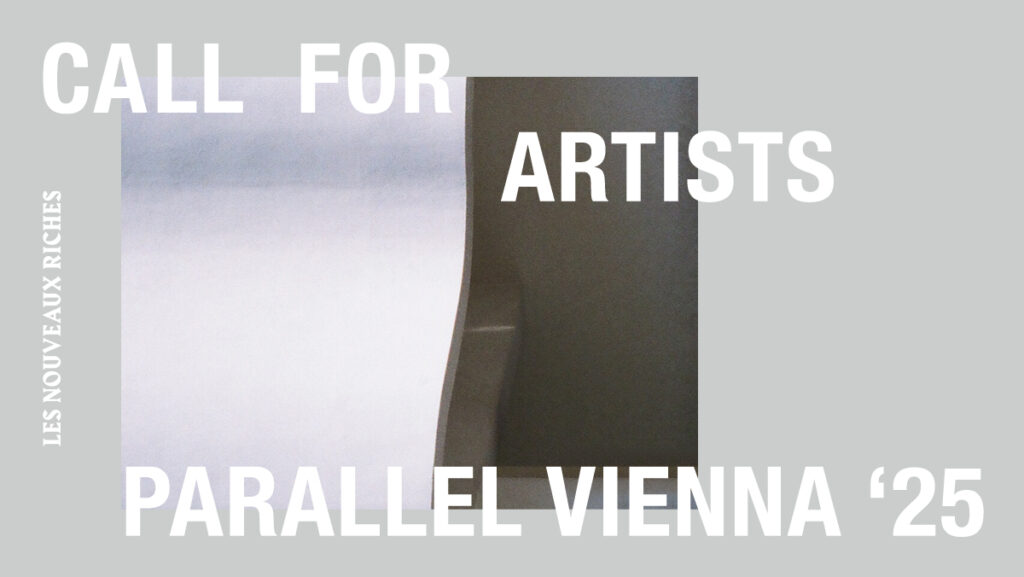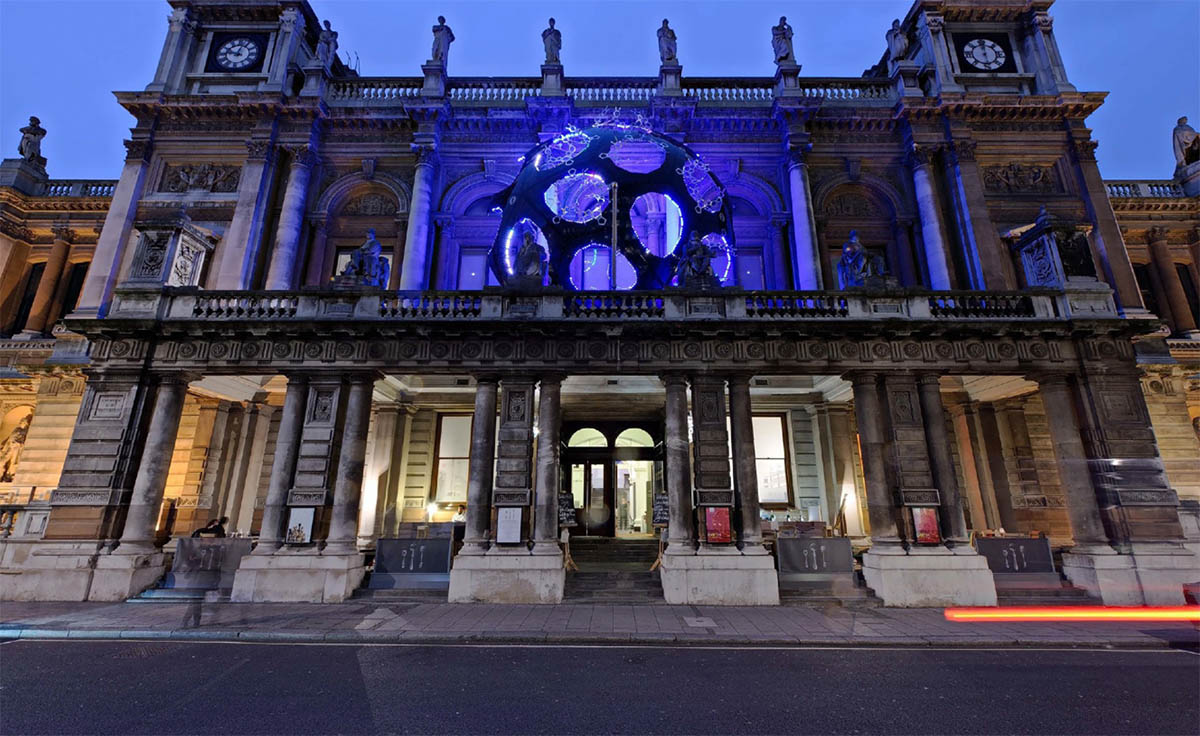
His work bypasses intellectual comprehension and dives into emotional, neurological, and even spiritual terrains. With exhibitions and performances in institutions such as the Guggenheim (New York), Centre Pompidou (Paris), and the Royal Academy of Arts (London), Lutyens has carved out a unique space at the intersection of art, neuroscience, and activism.
A personal encounter in Venice
I first encountered Marcos during a performance at Fondazione Valmont in Venice, during the opening weeks of the 19th. International Architecture Exhibition – La Biennale di Venezia. It was a deeply immersive experience. At the sound of the colour red, I began to cry, an involuntary flood of emotion that bypassed logic. Later, guided into a hypnotic trance, I met a version of myself in a mirror—not metaphorically, but viscerally. It was not a performance in the traditional sense; it was a ceremonial act of inner reconnection.
In conversation with Marcos Lutyens, the boundaries between science and spirituality, technology and intuition, dissolve. His work stretches perception through hypnosis, scent, memory, and data, but always with the goal of anchoring us more deeply into connection. From the intimacy of Fondazione Valmont to the corporate corridors of Abu Dhabi by invitation of the Solomon R Guggenheim Museum in collaboration with the Tate Museum, Lutyens brings sensory intelligence into unlikely spaces. In CO₂morrow, he uses atmospheric data as a sculptural breath; in other works, he maps the emotions of red, blue, and yellow as spheres of lived duality. His art doesn’t seek to explain, it seeks to rewire. Marcos Lutyens reminds us that change doesn’t always require noise. Sometimes, it just needs a shift in breath. A hand touching textured paper. A scent that opens a forgotten memory. A mirror that briefly shows us who we might still become.

Linda: What does stretching the mind mean to you, and why is it essential today?
Marcos: It’s like stretching the body at the gym; you use different machines, each working on a different muscle group. My performances do something similar, but for the mind. They’re about getting people to engage with perceptions that might otherwise seem contradictory or impossible. Being in two places at once. Seeing through two lenses—one wide, one narrow—at the same time. Feeling time dilate or collapse. Once your mind entertains those possibilities, it doesn’t go back to its original state. It holds that stretch. And that has implications, not just personally, but socially and politically. It makes you less rigid. More porous. These aren’t just philosophical ideas; they’re perceptual training sessions. In one performance, I used a mirror as a portal. Participants encountered an alternate version of themselves, not conceptually, but experientially. And when the mirror dissolved, they were left with a sense of being both who they are and who they could become. That’s the kind of transformation I’m after.
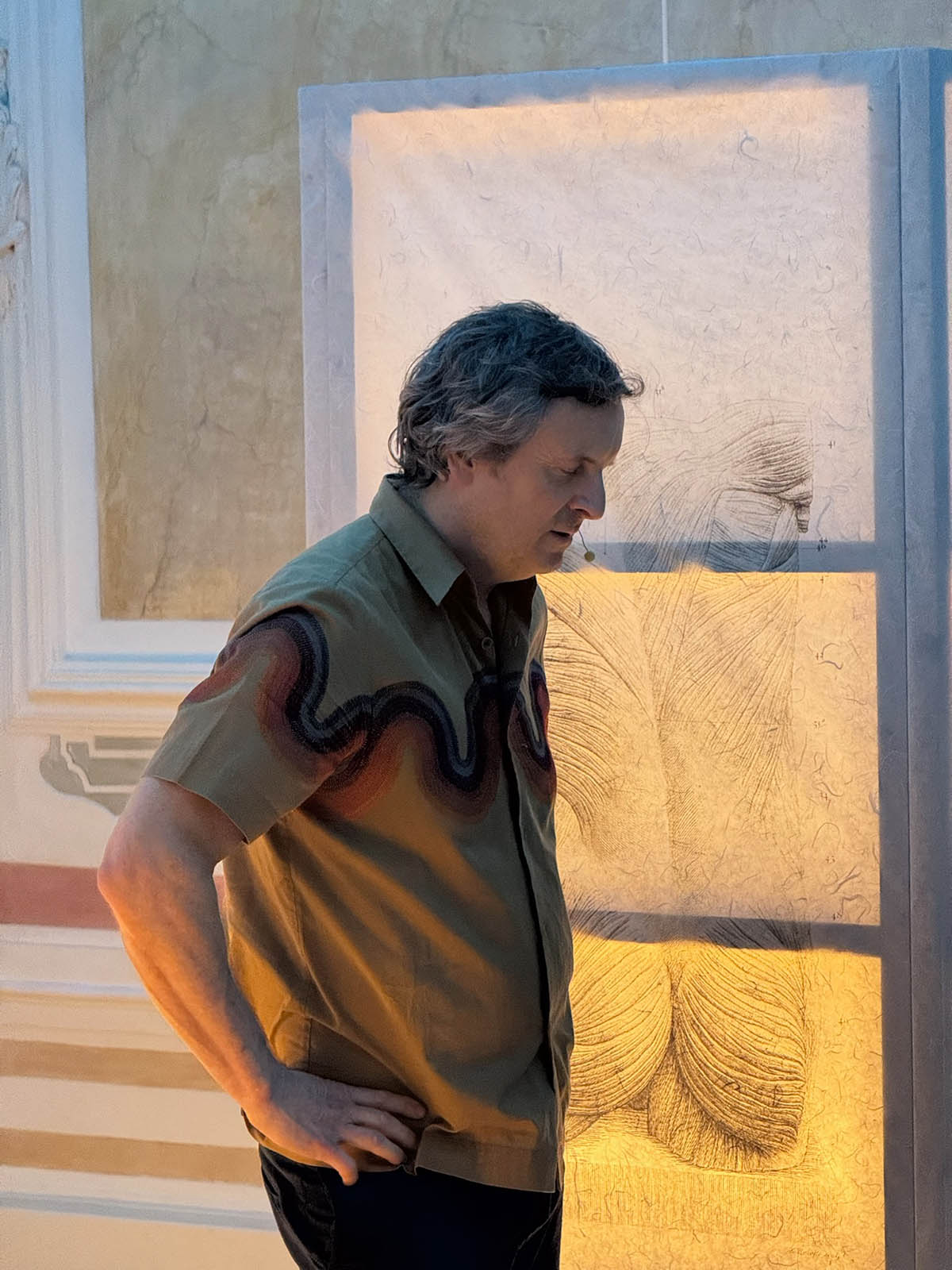
How do colour and smell help you reach the subconscious in your work?
There’s a deep subjectivity in how we process colour and scent. Take red, it might make someone feel warm or passionate, or it might bring up fear, even grief. I think of red as the filtered light one might have seen in the womb, dim and visceral. Or maybe it brings you back to your childhood bedroom curtains. It’s emotional resonance, not symbolism. I worked with smell scientist Stephen V. Dowthwaite, based in Thailand, who introduced me to a “smell alphabet.” Each scent was linked to letters, colours, even emotional tones. For example, red might connect to cinnamon, pepper, or cypress; dense, hot smells that evoke strong, primal responses. Meanwhile, blue might match with lily of the valley or gladioli—cool, heavy florals that stir melancholic feelings. I’m reimagining psychologist Robert Plutchik’s Wheel of Emotions, a model that organizes human emotions into a circular diagram of opposites and intensities, by transforming it into a three-dimensional spherical form. This new version aims to more fully express the dynamic, layered, and interconnected nature of emotional experience. Because emotions aren’t flat, right? Red isn’t just anger, it’s also excitement, desire, joy. The South Pole of red might be rage; the North Pole, passion. That emotional polarity is part of what makes us human. We need a model that reflects that.
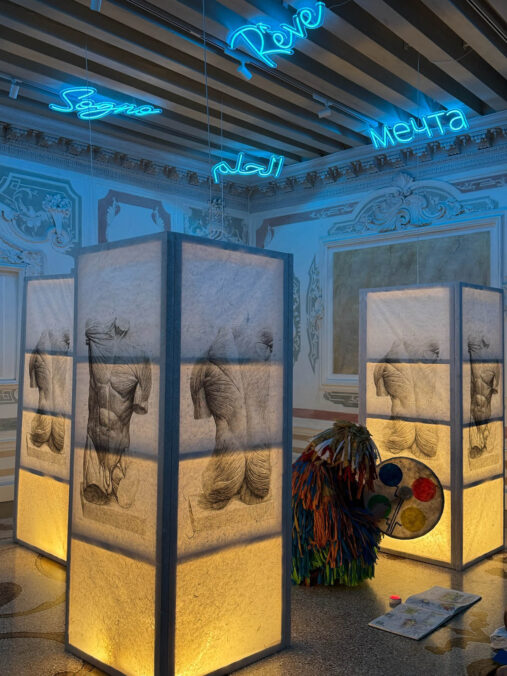
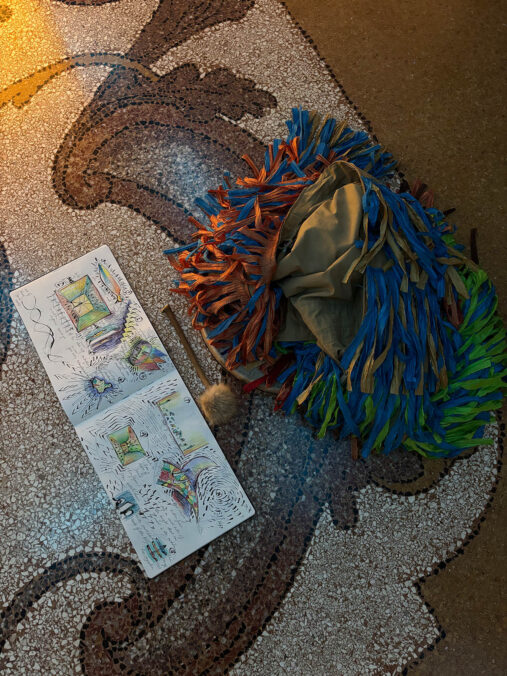
You mentioned a project in Abu Dhabi. What happened there, and how do you see your work operating in institutional or corporate settings?
That was the Culture Summit in Abu Dhabi, a very structured, corporate space. Everyone was suited up, making decisions in boardrooms. Honestly, it felt a bit like being thrown into the Colosseum, like that scene in Gladiator. But that’s exactly where I want the work to be. It’s easy to perform for open-minded art lovers. It’s more impactful to infiltrate where where minds may be more closed. So I created these small sensory cards, orange and turquoise, high-contrast colours, embedded with scent and embossed textures. Each person received one in an envelope. The moment they opened it, they had to put their phone down. That was key. That single act of touch and smell interrupted their usual mental mode. Those cards were a backdoor into the subconscious. Once people are momentarily off-script—no screen, no agenda, you can slip in. Then, in that quiet, unexpected space, you can begin to make adjustments. Subtle ones. But real.
How does your work interact with the environment, especially in projects like CO₂morrow?
I don’t just make art about nature, I think with it. In CO₂morrow, I created sculptures that responded to real-time carbon levels. It wasn’t symbolic, it was atmospheric, responsive, alive. When you’re standing near something that literally breathes environmental data, you start to feel your own breath differently. I’m not interested in preaching. That kind of messaging just activates resistance. What I want is alignment, when someone unconsciously begins to regulate their breath in sync with planetary systems, they move differently. They live differently. That shift doesn’t come through information. It comes through sensation. That’s what I’m always working toward—translating data and emotion into experience.
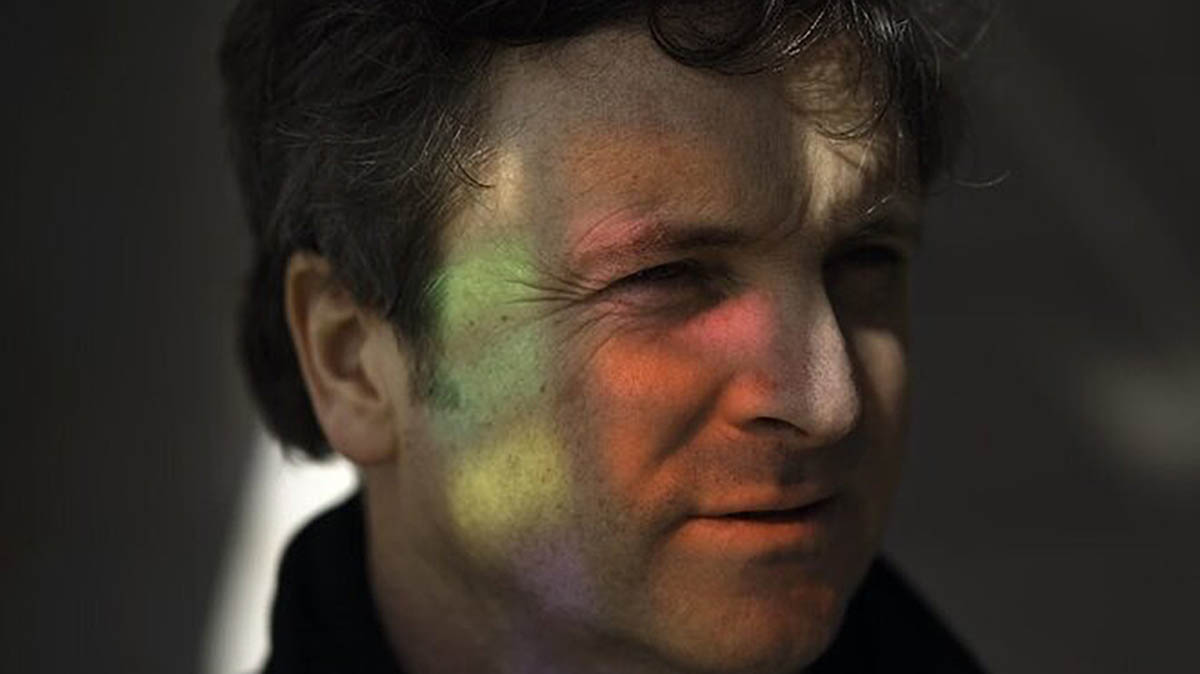
What do you hope people take with them after experiencing your work?
The work doesn’t end when it ends. It keeps echoing. It’s not about spectacle or intellectual takeaway. It’s about embedding. A soft reset of perception. Sometimes people cry, like you did in Venice. Sometimes they don’t know why. That’s the point. We’re so used to filtering reality through intellect, but real transformation happens before language, through smell, sensation, intuition. That’s where I’m working. I recently had a strange experience in Mexico. I was working with these women who do the most intricate embroidery, like microchips made of lace. One woman and her daughters came up to me and observed, “You’re coming in and out of your body. You’re not from here.” That stayed with me. Because maybe that’s what I’m trying to do, to go in and out, and to invite others into that space between. Not escape. Just expansion.
Marcos Lutyens – www.lutyens.com
Linda Rubino is an emerging curator and writer working at the intersection of contemporary art, ecology, and sensory experience. With a background in engineering, she is beginning to connect analytical thinking with her growing curatorial and writing practice, exploring how art can offer space for reflection in a world shaped by social and environmental pressures @lillarubino_.





